Home staging can be the difference-maker in a competitive residential real estate market. It can potentially affect the number of days a house stays on the market and its ultimate selling price.
In a 2019 study conducted by the National Association of Realtors (NAR), most buyers’ agents (83%) stated that home staging allowed their clients to better envision themselves in a home they viewed. Over a third (39%) of sellers’ agents reported that home staging increased offer prices by one to ten percent.
Many factors can ultimately lead to an offer on a home. Home staging can give the extra boost needed to sell a home in a timely manner and at an optimal price.
What does it mean to stage a home?
In general, it’s the process of preparing a home to be sold by making it more attractive for home buyers. In most cases, this doesn’t entail major construction. In fact, the NAR study found the median financial investment made on home staging was $400.
Suggested steps and the amount of time and money invested will vary from house to house. It will depend on the condition of your home and your previous interior decorating choices. It will also largely depend on the amount of time and money you can afford to spend.
How does home staging help sell a home?
The objective of staging a home is to attract a maximum number of buyers. In doing so, the hope is to reduce the number of days the house is on the market and to drive up the selling price.
There are several reasons why it can be a beneficial investment of time and money when selling your home.
- Staging a home can help potential buyers envision themselves and their belongings in your home.
- It can accentuate the positive aspects of your home while detracting from any negative features.
- By presenting your home in a positive light, prospective buyers will more likely view the home as move-in ready. They won’t be overwhelmed by thoughts of house projects to make the home more suited to their style and preferences. The importance of any needed repairs will be minimized.
Nowadays, most people in the market for a new home start their search online. So a home must also show well through online photos, because this can lead to an in-person visit.
There are many affordable home staging tips you can implement to help sell your home.
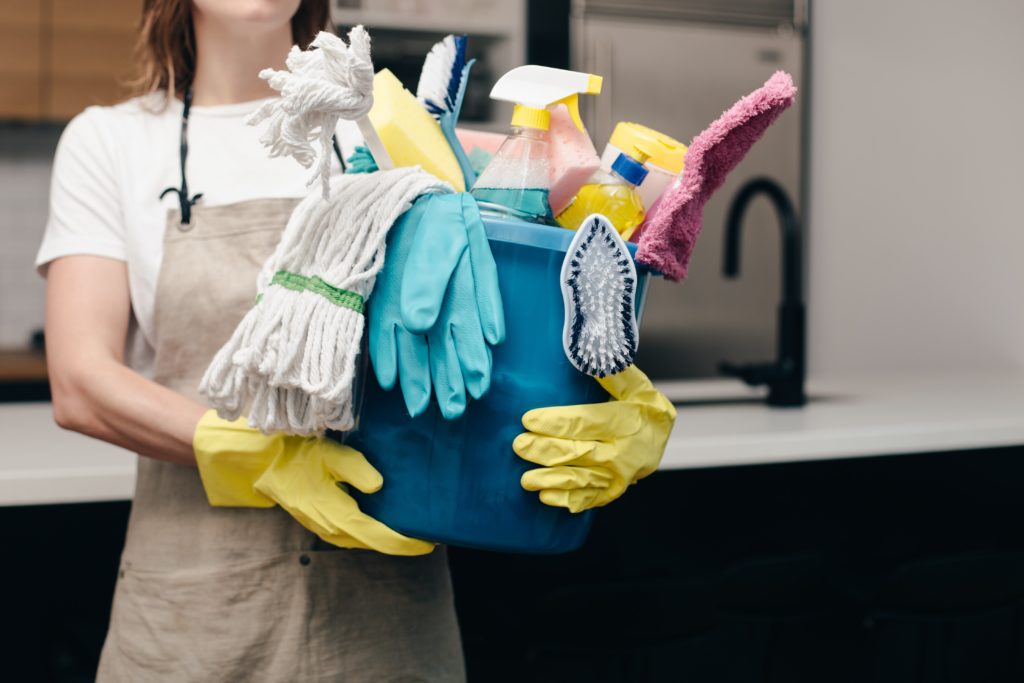
1. Home staging should begin after the home is deep cleaned.
Start home staging on a clean slate. Address those areas that you may not clean as often. These areas include light fixtures, ceiling fans, upper shelves, and storage areas. It should also focus on built-up grime and soap scum in kitchens and bathrooms. Make sure you take care of cobwebs in ceiling corners, dust window blinds, and focus on stubborn carpet stains as well!
Home staging a dirty house will only bring the dust, dirt, and grime to light. An unclean home will convey an image of a house that wasn’t maintained well.
2. Depersonalize home decor.
Remove personal and family photographs, memorabilia, and personal keepsakes. By doing so, prospective buyers will be better able to visualize themselves and their items in the home. If there are any themed rooms, homeowners should change them to more neutral decor and colors.
3. Lighting is important when staging a home.
This includes both natural and artificial lighting. Natural lighting is ideal as it can make a space lighter and brighter. Buyers consider natural lighting a top feature they look for in a home. Understandably so since natural light has been found to improve moods and wellbeing. Therefore, pull back those curtains and lift those blinds!
If your window treatments are bulky, dark, or dated, consider swapping them out for flowy, lighter-colored curtains. It will help make the space brighter and more open. If it matches the decor, consider floor-length curtains hung closer to the ceiling. Hanging them higher gives the illusion of higher ceilings.
For rooms without windows or with limited natural light, make sure you have the right type of bulbs in your light fixtures. Warmer white or soft light bulbs work well for bedrooms, living rooms, and hallways. Install brighter or cool white bulbs in more open spaces or kitchens, offices, or bathrooms.
Whether natural or artificial, the right lighting will make your home more welcoming and give a more spacious appearance. Keeping spaces dark may prompt buyers to wonder if the seller is hiding imperfections.
4. First impressions matter, so make your front foyer welcoming.
Impress prospective buyers from the moment they step across the threshold of your front door. Make sure they aren’t greeted with a dark and cramped space. The foyer should be well lit and void of any bulky furniture pieces. Remove things such as coat racks to open up this area.
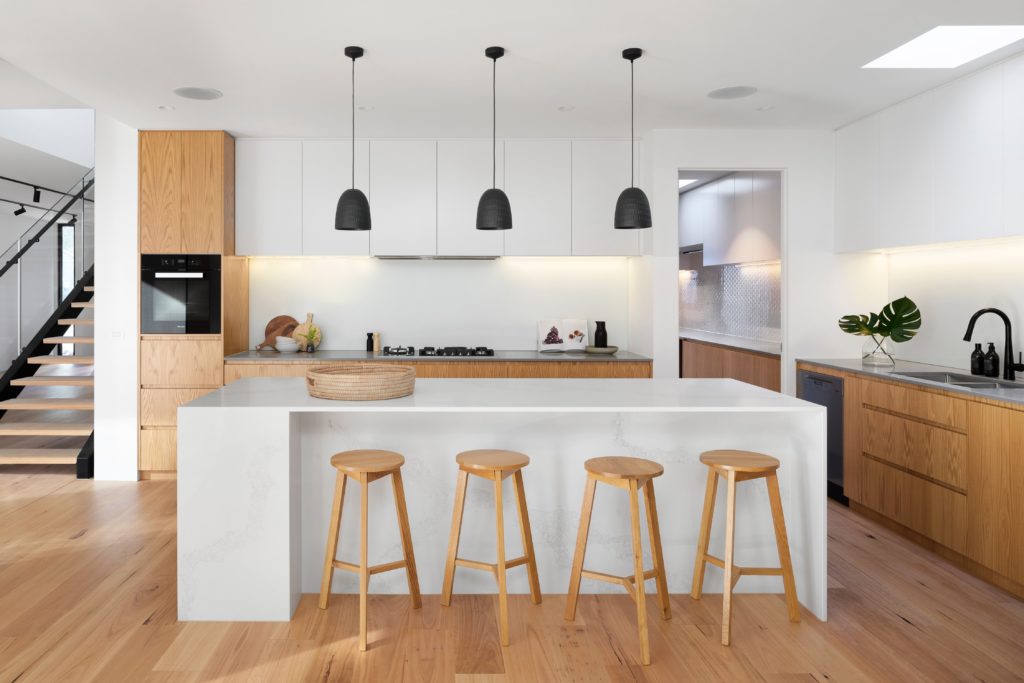
5. Concentrate an adequate amount of staging efforts on the kitchen.
Data has shown that most home listings highlight the kitchen as the selling point of homes. A kitchen is no longer a place for just cooking. Many consider the kitchen the heart of the house where families hang out and entertain guests.
Because of this space’s increased significance over the years, the features and look of the kitchen will likely be a high priority for buyers. Even if your kitchen does not include luxury appliances, tiles, or countertops, it’s essential to make it look as spacious and modern as possible.
Clear off counters by stowing away small appliances such as toasters, blenders, and coffee makers to make your kitchen look less cluttered and to maximize counter space. In its place, add small decorative accents such as clean matching kitchen towels, a spoon rest, oil bottles, a vase with fresh flowers, or a bowl of fresh fruit. These small accents will prevent the kitchen from looking too sterile and add small pops of color.
When clearing counters, keep in mind that buyers may open cabinets and take a peek into pantries. Declutter these storage areas to make them look more spacious.
If your home staging budget is small and you are looking to update the look of your kitchen, consider replacing cabinet pulls, handles, or knobs, and light fixtures. Experts believe these updates will likely give you the most bang for your buck.
6. Bathrooms are a close second when it comes to rooms that may make or break a home sale.
Master bathrooms are particularly important. Most buyers look for a clean, updated, and roomy spa-like space that evokes a feeling of calm and relaxation. When staging a bathroom, consider updating smaller things such as cabinet hardware and plumbing and lighting fixtures.
In addition to replacing any broken tiles, address any grout or caulk that has broken down. By doing so, you will let buyers know that the house has been well maintained.
Keep counters clear of personal items such as toothbrushes, razors, lotions, and hair care products. Minimally accessorize counters with light-colored or white hand towels and a small vase of flowers. Including smaller plants in the bathroom will also give a fresh, natural feel.
Whether they are hanging bath towels or shower curtains, stick to lighter colors or white. As we have noted for other rooms, lighter colors make a room brighter and give the appearance of more space. Display your best towels and invest in a new curtain to further promote the clean look.
Also, consider any lingering bathroom odors and open a window to circulate fresh air into the space. You may want to set out oil diffusers, soaps, or unlit scented candles. Just make sure the scents are not overpowering.
7. Don’t forget about storage areas, even those behind closed doors.
Some argue that behind the kitchen and bathrooms, storage can sell a house. After all, people own a lot of “stuff” and don’t want everything out in the open. Because storage is important for most, buyers will likely want to take a peek behind doors to see how much your home offers.
Don’t use closets and cabinets to hide clutter. If possible, avoid using the garage or unfinished basement areas too. You want to highlight all the storage your home offers.
Also, reduce the amount you regularly store in your closets by 50%. Remove out-of-season clothing and items and store them in off-site temporary storage. Better yet, go through and purge things that you no longer need and donate them to a local charity.
Other suggestions for staging closets include organizing your hanging items by color, evenly spacing matching hangers, and corralling your loose items into stylish baskets.
Whether they are built in or not, bookshelves are a type of storage out in the open. Make sure they aren’t overstuffed. Full bookshelves can overwhelm a room and make it look smaller and darker. Remove at least 25% of the books on your shelves. Orient the books both horizontally and vertically and add a minimal number of stylish trinkets.
Last but not least, don’t forget cabinets, drawers, and the pantry in the kitchen. Organize these storage areas and take the time to purge any unused dishes, utensils, and food items.
8. Thoughtfully consider furniture placement in all the rooms.
The number of furniture pieces in a room should be balanced. Too many pieces can make a room feel cramped and small. Not enough furniture can make the room look cold and uninviting.
Also, each room should have a purpose. It helps prospective buyers envision themselves in the house. Avoid setting up multi-purpose rooms. For example, don’t have your guest bedroom also staged as a home office.
Just as important is using your furniture to promote a logical flow throughout your home. Don’t have pieces blocking entryways and allow for “walkways” around groups of furniture including the dining area and the gathering spot in the living room. Buyers shouldn’t have to snake their way around furniture pieces to get from one point to another. By providing a flow, rooms and spaces won’t feel cramped.
9. Remember the “small things” during the home staging process.
There are many ways to accessorize your spaces to make your home more attractive to buyers. Here are a few ideas:
- Add wall mirrors to smaller areas that need some brightening.
- An appropriately sized area rug can help define a space and make it cozier and inviting. Make sure it fits the space both in design and size. A rug that is too small may make the area look even smaller.
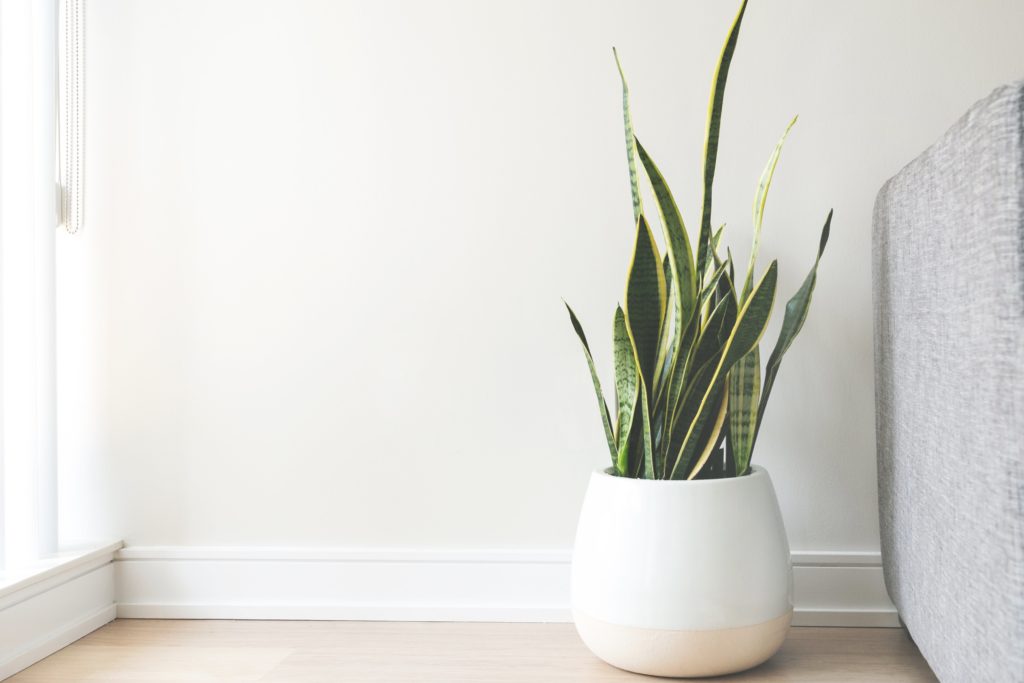
- Decorating with plants can add a natural pop of color to a neutral-colored room. It’s the perfect thing to fill up an empty space without making it feel cluttered. Just make sure you take a balanced approach and do not overdo it with the plants. You do not want to overwhelm a space with too many plants and make it feel like a jungle. Also, make sure the plants are healthy.
10. When thinking about staging a home, we tend to concentrate on what a buyer will see and forget about what they might smell.
What we smell influences us more than we realize, including our memories and emotions. If prospective buyers are greeted with less than desirable smells while walking through your home, they won’t easily forget them when evaluating their options later. Sometimes, there are smells that you might not even notice because you are so used to them. Get a second opinion from a friend or even your realtor.
Here are some reminders and tips to ensure the smells in your home aren’t offensive:
- Take out the trash in all the rooms, particularly the kitchen, bathrooms, and nursery.
- Clean out any litter boxes.
- If time allows, consider baking or boiling cinnamon sticks.
- Avoid overpowering potpourri or scented plug-ins.
- Deep cleaning, as mentioned earlier, is essential as it can address some of the smells, particularly mildewy ones in bathrooms.
- Even in the winter, consider opening up windows for at least a short while to remove stale air throughout the house.
The entire process of staging and selling your home can be a long and arduous process. At Reynolds Transfer and Storage, we offer services that can help relieve some of the stress. Contact us today to discuss our storage services. Our highly trained moving crews can pick up your items and safely store them in our climate-controlled warehouse. They can be safely stored there until you are ready to move them to your new home.
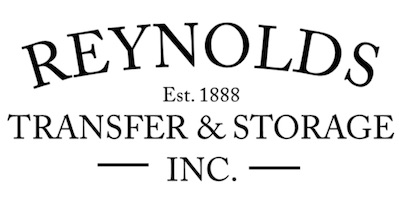
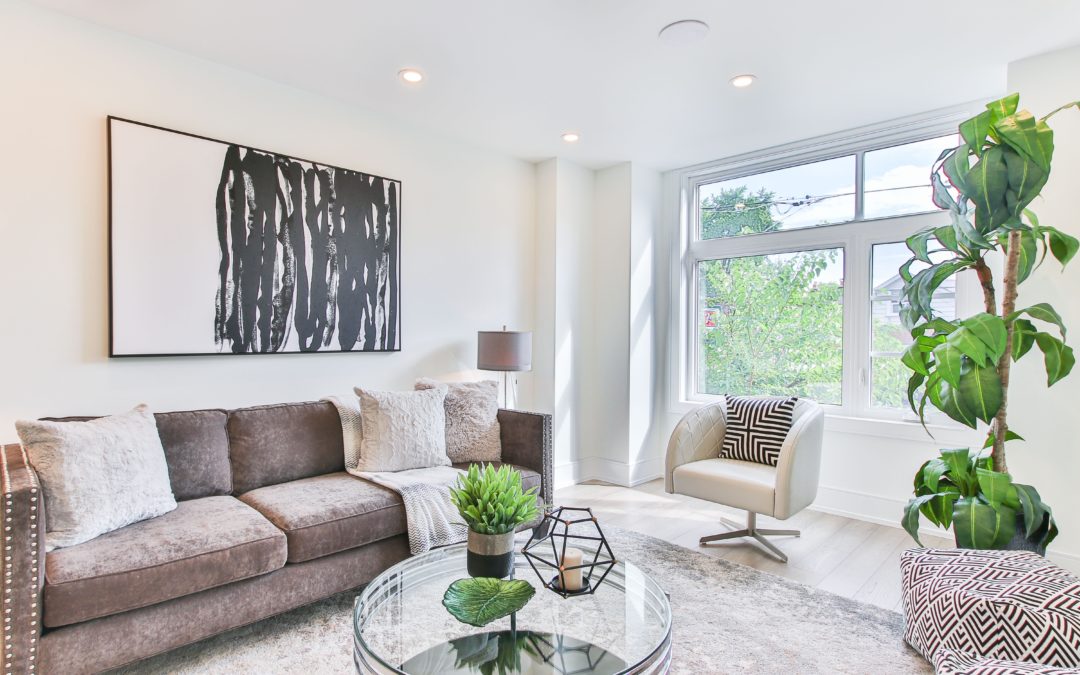
Recent Comments